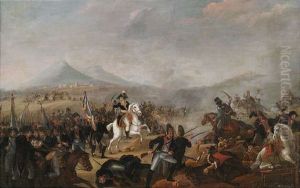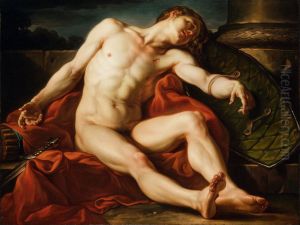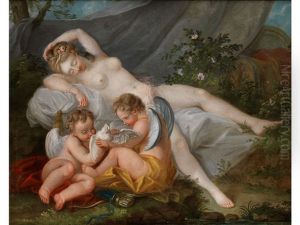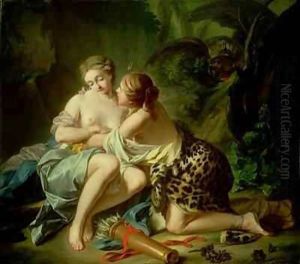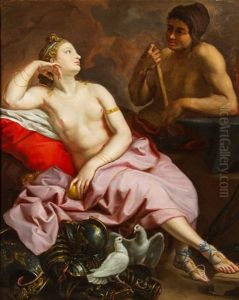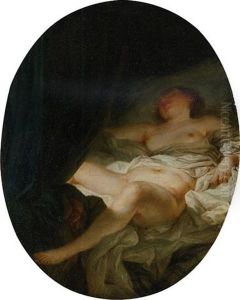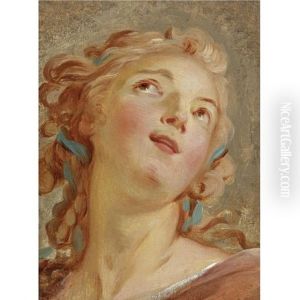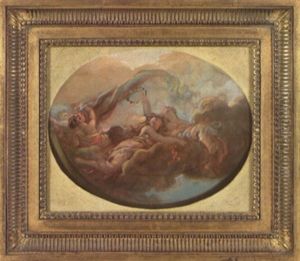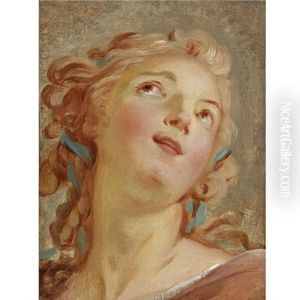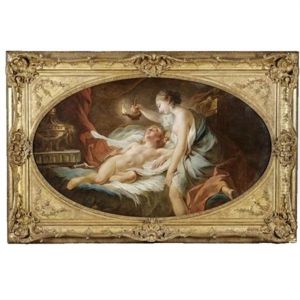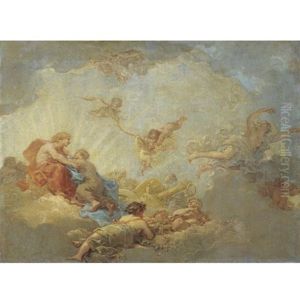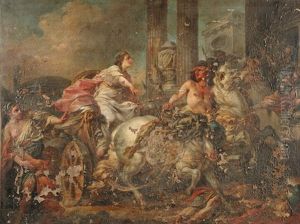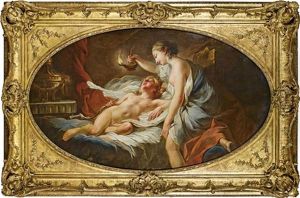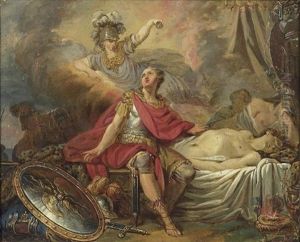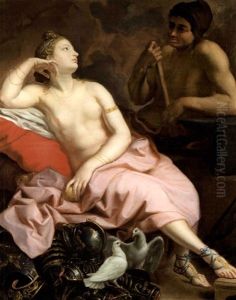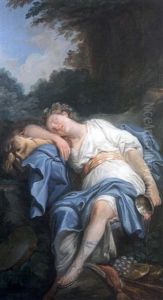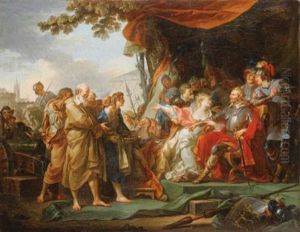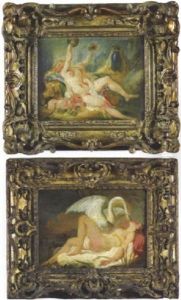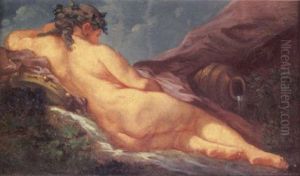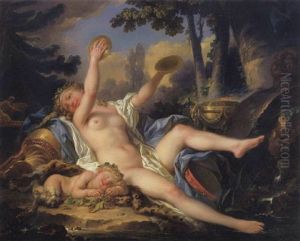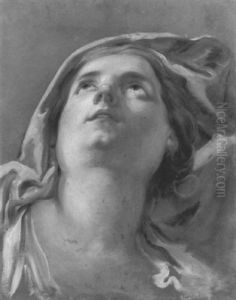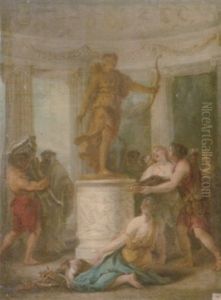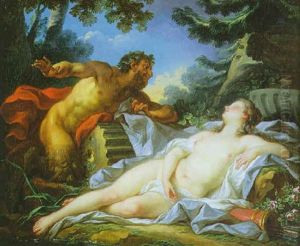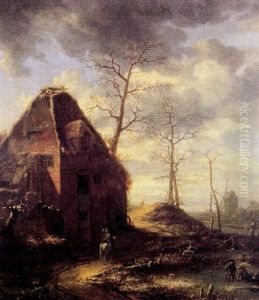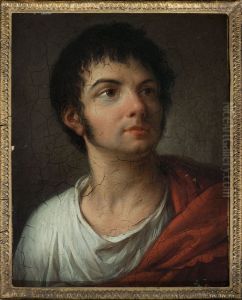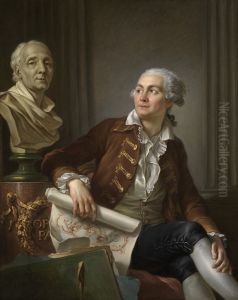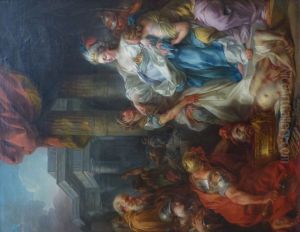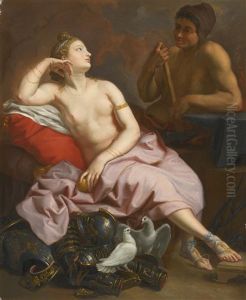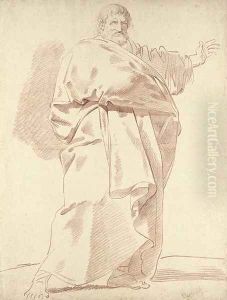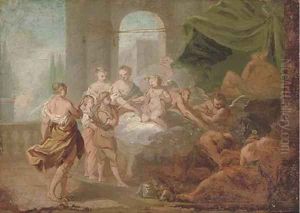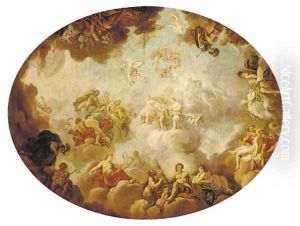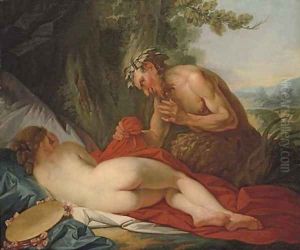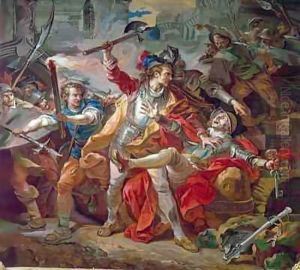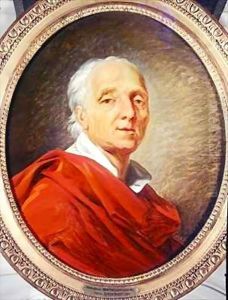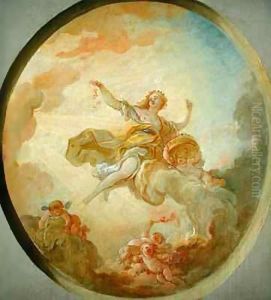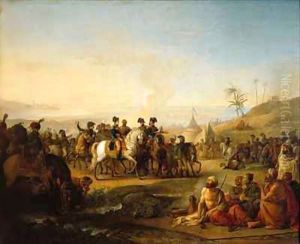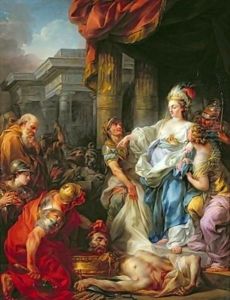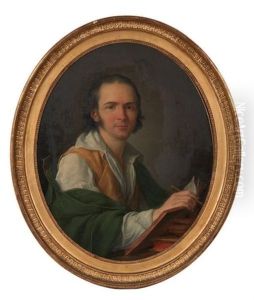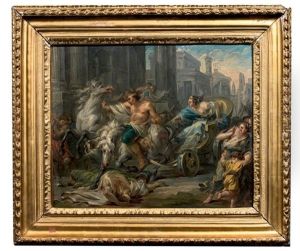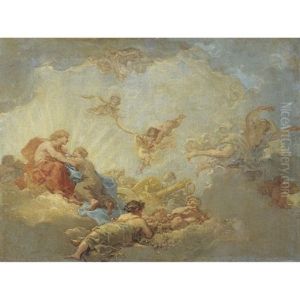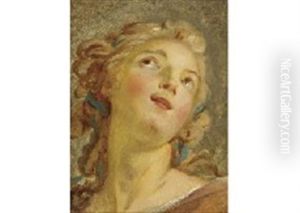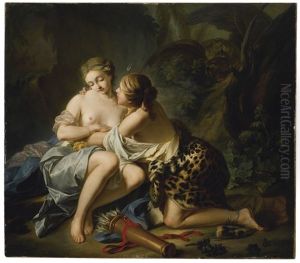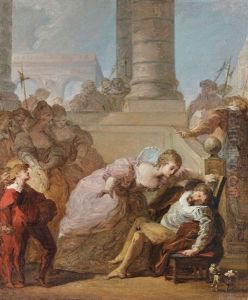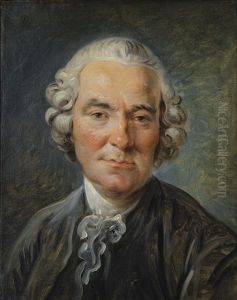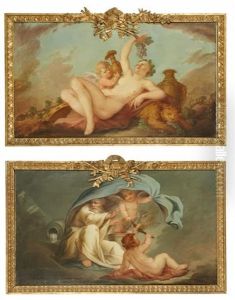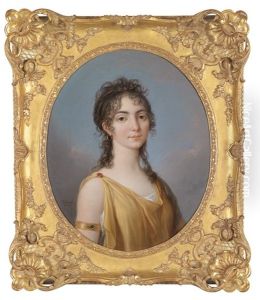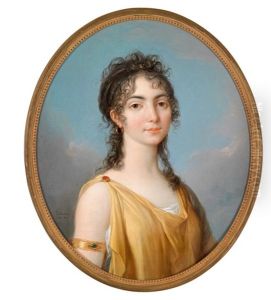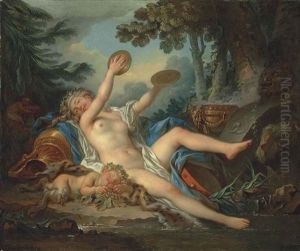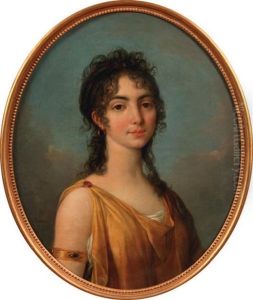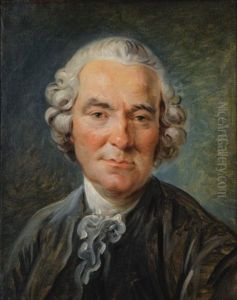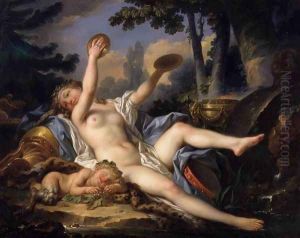Jean-Simon Berthelemy Paintings
Jean-Simon Berthélemy was a French painter born on March 11, 1743, in La Rochelle, France. He was known for his historical paintings and was a part of the neoclassical movement that was prevalent in France during the late 18th century. Berthélemy studied under Joseph-Marie Vien, a French painter who was instrumental in the early development of the neoclassical style. Vien's influence on Berthélemy was significant, and under his guidance, Berthélemy honed his skills as a history painter.
Berthélemy's work was characterized by its clear composition, restrained color palette, and emphasis on historical accuracy and noble themes, which were all hallmarks of neoclassicism. His painting style also reflected the influence of the classical art of ancient Greece and Rome, which was being rediscovered and appreciated during his time.
In 1767, Berthélemy won the prestigious Prix de Rome for his painting, which allowed him to study at the French Academy in Rome from 1767 to 1772. The time he spent in Rome had a profound effect on his artistic development. He was exposed to the masterpieces of the Renaissance and the ancient world, which deeply influenced his style and artistic direction.
Upon his return to France, Berthélemy became a sought-after painter for his historical scenes and was commissioned to create large-scale works for important governmental and religious buildings. He was admitted to the Académie Royale de Peinture et de Sculpture in 1785 and later became a professor at the academy.
During the French Revolution and the subsequent Napoleonic era, Berthélemy's career continued to flourish. He adapted to the changing political climate and produced works that aligned with the ideologies of the time. His art was utilized for its propagandistic value, and he was appointed as the director of the French Academy in Rome by Napoleon.
Jean-Simon Berthélemy's legacy is somewhat overshadowed by his more famous contemporaries like Jacques-Louis David, but he remains an important figure in the history of French neoclassical painting. His works can be found in various museums across France and serve as examples of the neoclassical ideals in art. Berthélemy passed away on April 1, 1811, in Paris, leaving behind a body of work that continues to be studied and appreciated by art historians.
